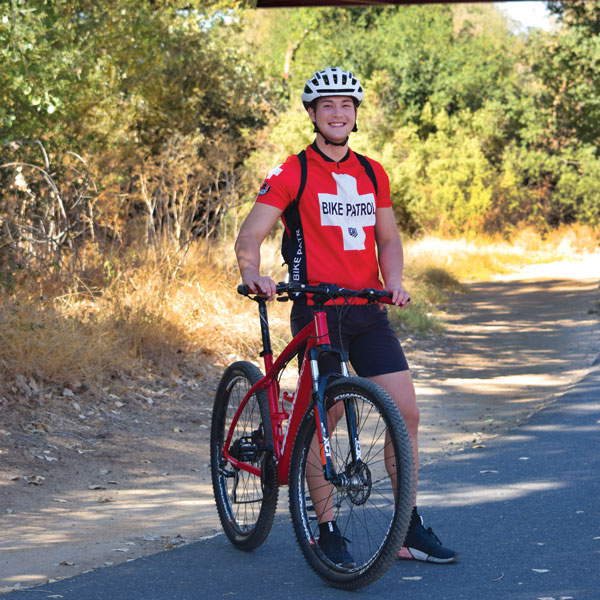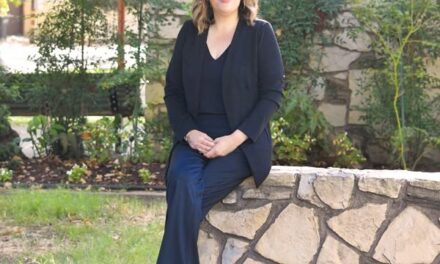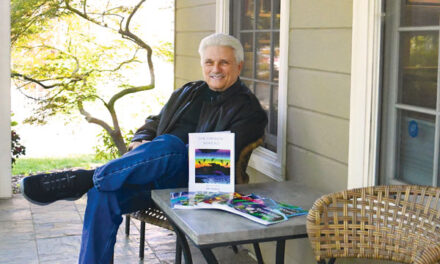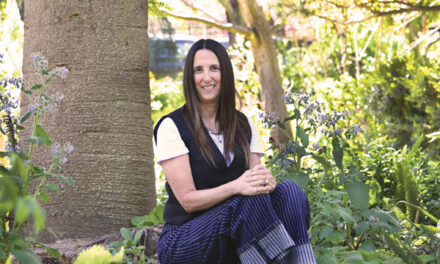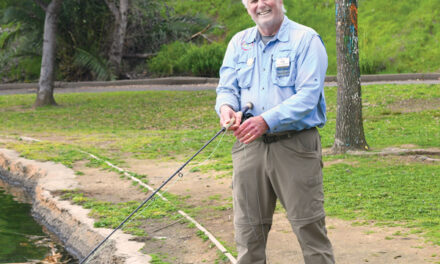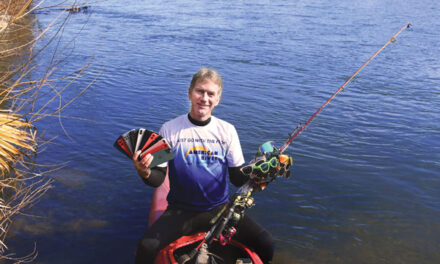The next time you’re on the American River bike trail and you see someone ride by in a red Bike Patrol jersey, make sure you wave and say hi. That rider might just be Brandon Cheng, one of the friendly volunteer trail ambassadors for the newly formed American River Bike Patrol.
“If you need anything, let any of us know—we’re always happy to help,” says Cheng, a senior at Del Oro High School in Loomis who started volunteering as a junior patroller after learning about the program from his dad Jim, a veteran of the National Ski Patrol (which oversees the local Bike Patrol). “Whether you’re lost, injured or need a repair, pull us over, chase us down, get our attention. Never be nervous to ask for help. We never say no.”
The idea for a bike patrol along the American River Parkway has been in the works for years, but it wasn’t until recently that the program entered its final approval stage. The American River Bike Patrol officially hit the trail in June and now boasts roughly 50 volunteer members who ride up and down the 32-mile trail providing directional advice, equipment assistance, safety insights, and basic first aid and CPR.
“Safety is our No. 1 priority,” says Cheng, who got to drop “junior” from his patrol title after turning 18 in September. “People are generally very well-mannered on the trail and good about the rules, but if you don’t know something or need help, we’re there for you.”
Cheng explains that people interested in joining the Bike Patrol are put through eight hours of training, which includes education in outdoor skills, trail etiquette and traffic flow, followed by basic first aid and CPR training so patrollers know what to do in situations both minor (like a scraped knee) and serious (like a bike crash or heat stroke, in which case the first thing they do is call 911).
After earning certification, patrollers meet in Folsom to do a “checkoff ride,” a series of activities that Cheng describes as “almost like a driver’s test” to make sure they know how to use the trailside call boxes and can locate emergency centers and mile markers.
Once they’ve succeeded, they’re ready to patrol—often with at least one other person until they get the lay of the land. (Pre-COVID-19, teams of eight often rode together, but now patrol teams have a maximum of six riders.)
Patrollers can set their own shift hours—as Cheng puts it, “Got spare time? Get on your bike!”—and are asked to fulfill 48 hours or more of service per year, which Cheng says is quite easy to log once patrollers realize how much fun they have. When not on the trail, Bike Patrol members can also help out at events (as the pandemic allows) and recruit new members.
“Being a patroller is a great way to spend some time outside on your bike, get some exercise and help everyone in the community stay safe,” Cheng says. “It’s a fun activity, but it’s also very gratifying.”
For more information, visit americanriverbikepatrol.org.
Jessica Laskey can be reached at jessrlaskey@gmail.com. Follow us on Facebook, Twitter and Instagram: @insidesacramento.



